The Boeing B-17 Flying Fortress was one tough bird: It could land on airfields despite being heavily damaged—if it returned home at all. Sometimes, though, these immense planes would fly in such close proximity to one another that they’d actually collide, resulting in them plummeting to earth.
“The Cold Blue” is director Erik Nelson’s sobering documentary, which mixes restored archival film footage of the brave men of the Eighth Air Force, who flew extremely dangerous sorties over Germany during World War II. The outstanding heroism on display in this film is almost hard to believe when matched up against today’s cynicism and greed.
The film contains mainly footage shot by staunch American patriot, director, producer, and screenwriter William Wyler (1959 “Ben-Hur,” 1939 “Wuthering Heights”) and a small team of cinematographers. These men were part of the Eighth Air Force and filmed various crew members as they carried out their missions on board a particular B-17 called the “Memphis Belle.”
The Sacrifices
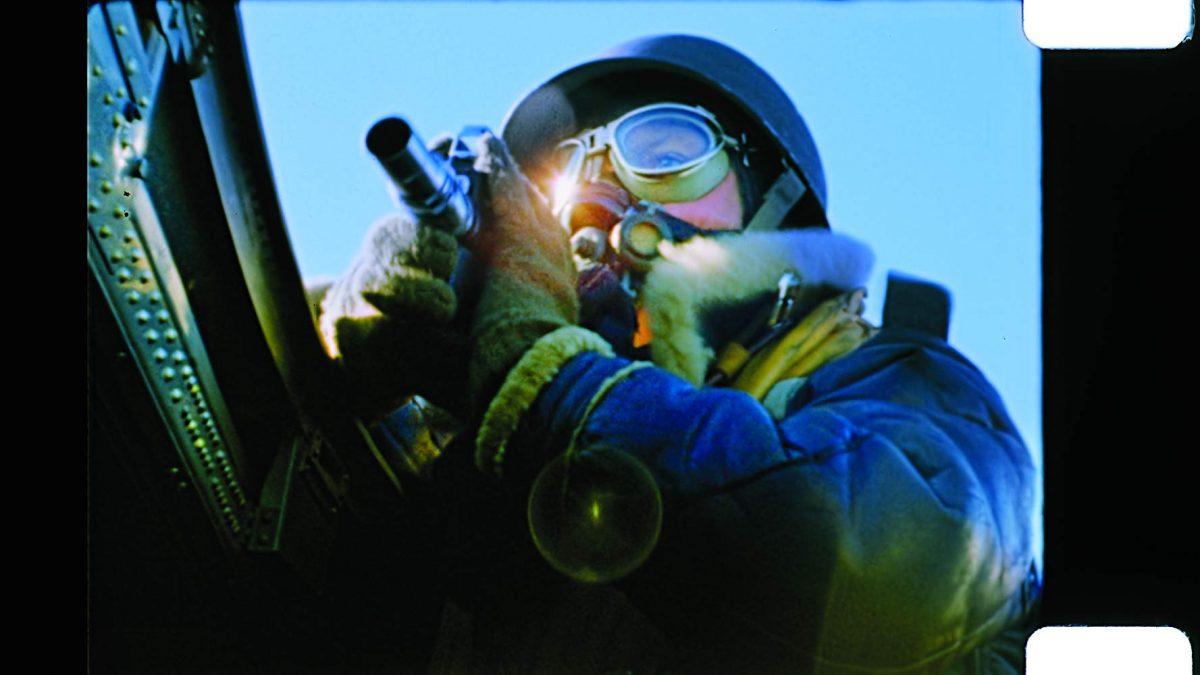
These mighty, no-frills aircraft were not only dangerous to fly in but also highly uncomfortable to travel in. Many of the men recount that the average temperatures in craft ranged from 20 degrees on a “good day” to as low as 60 below zero on others.
And unlike the British bombers, which normally flew during nocturnal hours, Americans were tasked with flying their bombing runs in broad daylight, while facing a veritable plethora of German antiaircraft batteries on the ground, aimed directly at them.
In fact, these missions were so harrowing that one of Wyler’s cinematographers, Harold Tannenbaum, was shot down during the documentary’s filming, and Wyler himself suffered hearing loss in one ear.
Wyler, a Jewish man who was born in Mulhouse, Alsace (then part of the German Empire, now part of France), came to America in the early 1920s. He signed up for the United States Army Air Forces in 1942, where he earned the rank of major and served a total of three years.
Flying the many dangerous missions over Germany gave him and his team the perfect opportunity to shoot a documentary, originally titled “The Memphis Belle: A Story of a Flying Fortress.”
Composure Under Fire
The average mission length for a B-17 bombing run was 11 hours—five and a half hours to the plane’s designated target, and five and a half back. If they survived, of course.The young men who flew on board these flying fortresses averaged in age from 19 to 25. Typically, they were God-fearing men who had families that they wanted to return home to. Unfortunately, B-17 crews usually flew at least 25 missions, with an average survival rate of less than 25 percent.
Those aren’t good odds.
Therefore, the name of the game for the B-17 crews was to fly hundreds of miles to their target mark, unload their two tons of bombs, and then fly back as quickly as they could.
And, they had to be as accurate as they could in their targeting. Indeed, they often were: It’s reported that around one-third of their munitions placed within 1,000 feet of their designated targets—a testament to the men’s levels of fortitude, in spite of being under inordinately stressful circumstances.
The film has an almost surreal quality to it, with many oversaturated colors and tones. We get to see inside various Army Air Force briefing rooms, where German targets are mapped out with stark precision. We also get to look at the various ways that the crew members decked out their B-17 bombers with decorations—a human touch that details how they attempted to lighten their dreary environments.
“The Cold Blue” was dedicated to the 28,000 men of the Eighth Air Force who sacrificed their lives in the service of our country, including cinematographer Harold Tannenbaum.
For the entire film, the surviving members of the Eighth Air Force downplay their heroics with a degree of humility that is simply astounding.
It is an important film that captures the patriotic zeitgeist of the 1940s, and details the selfless humility of the men who flew on board their beloved fortresses in the sky.


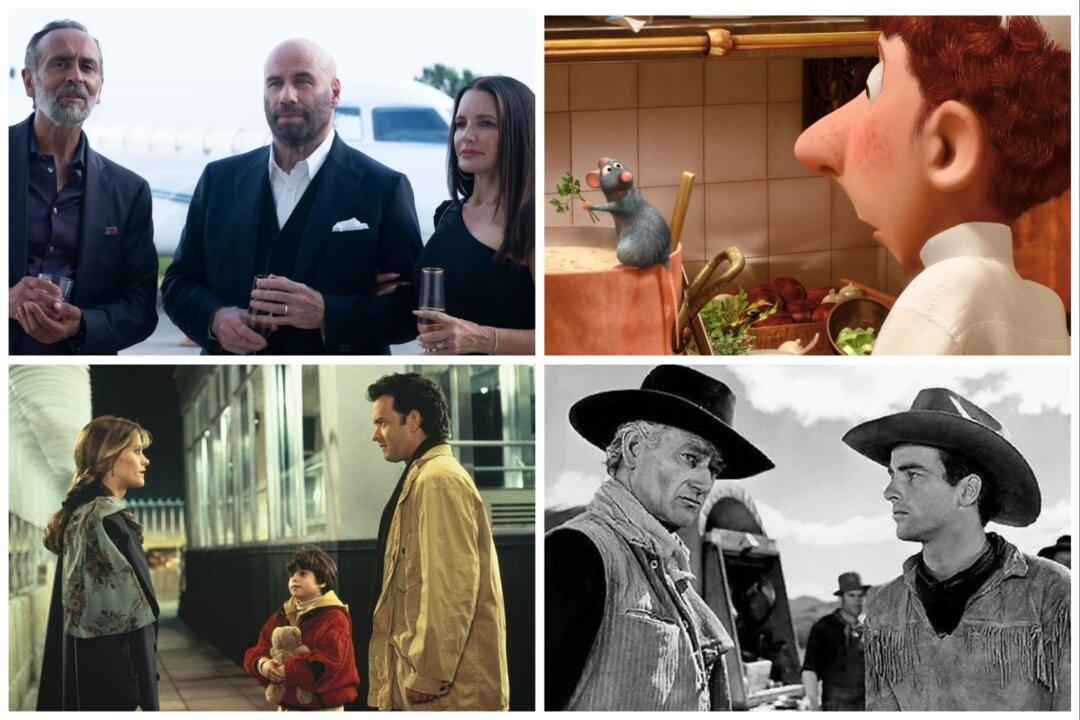
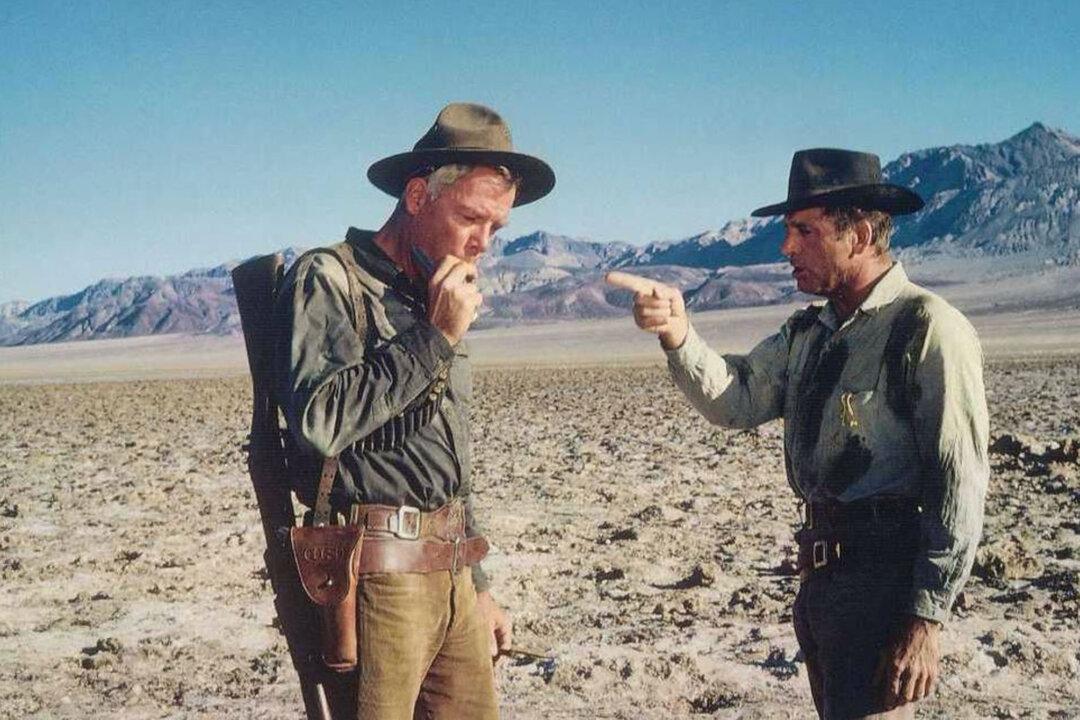
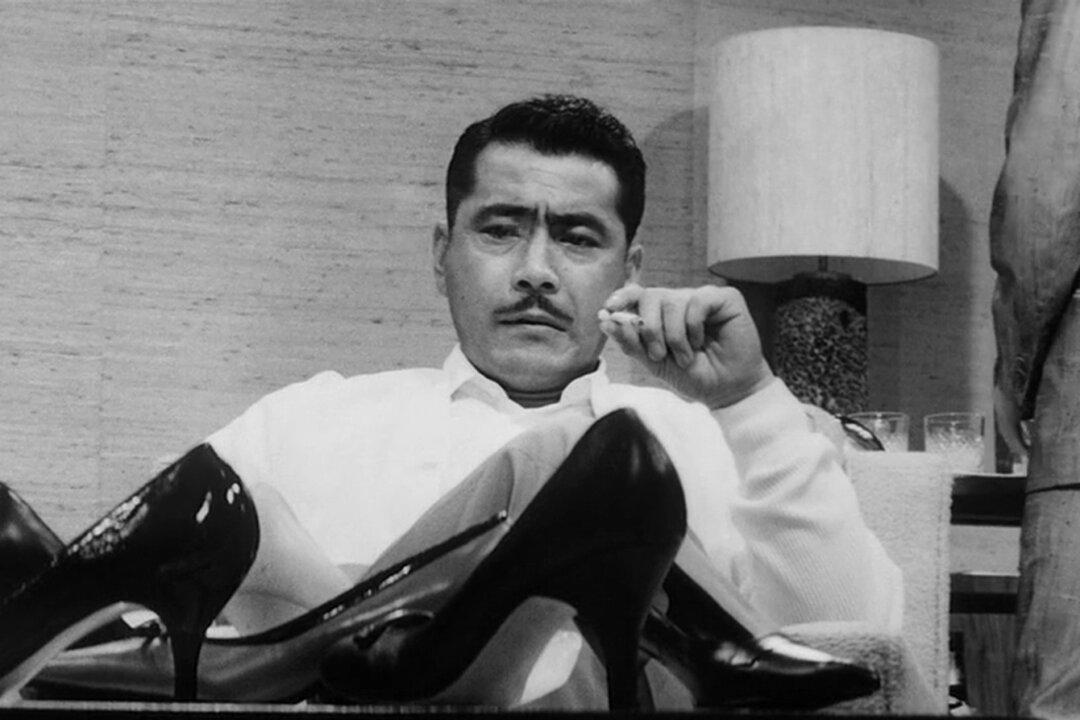
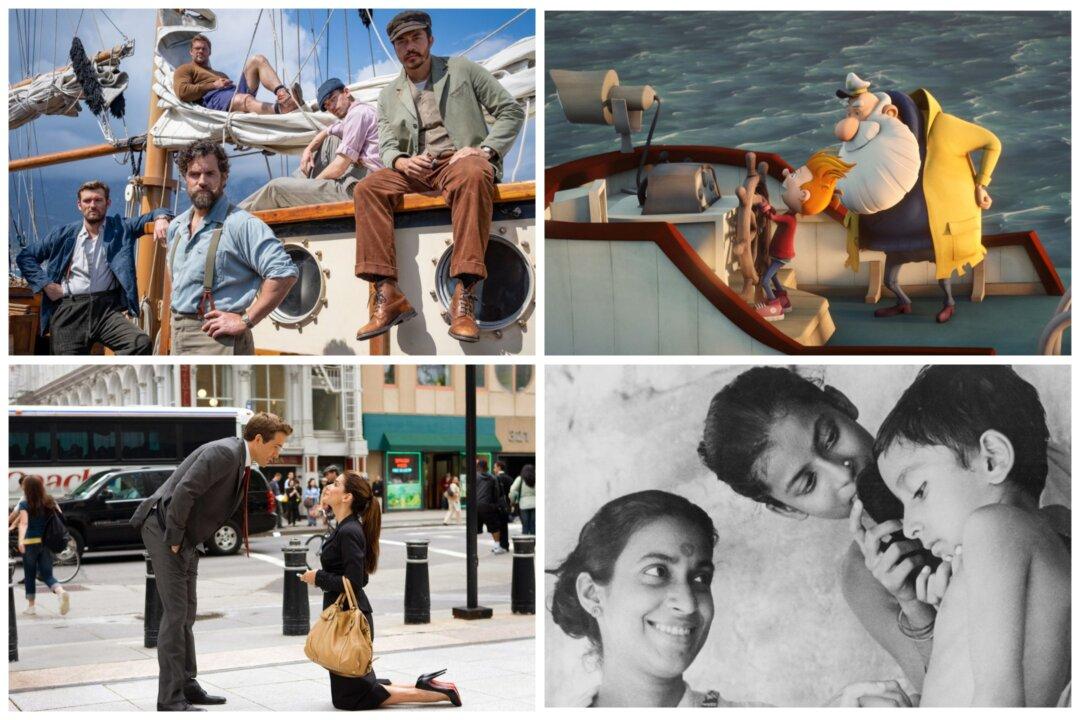
Friends Read Free